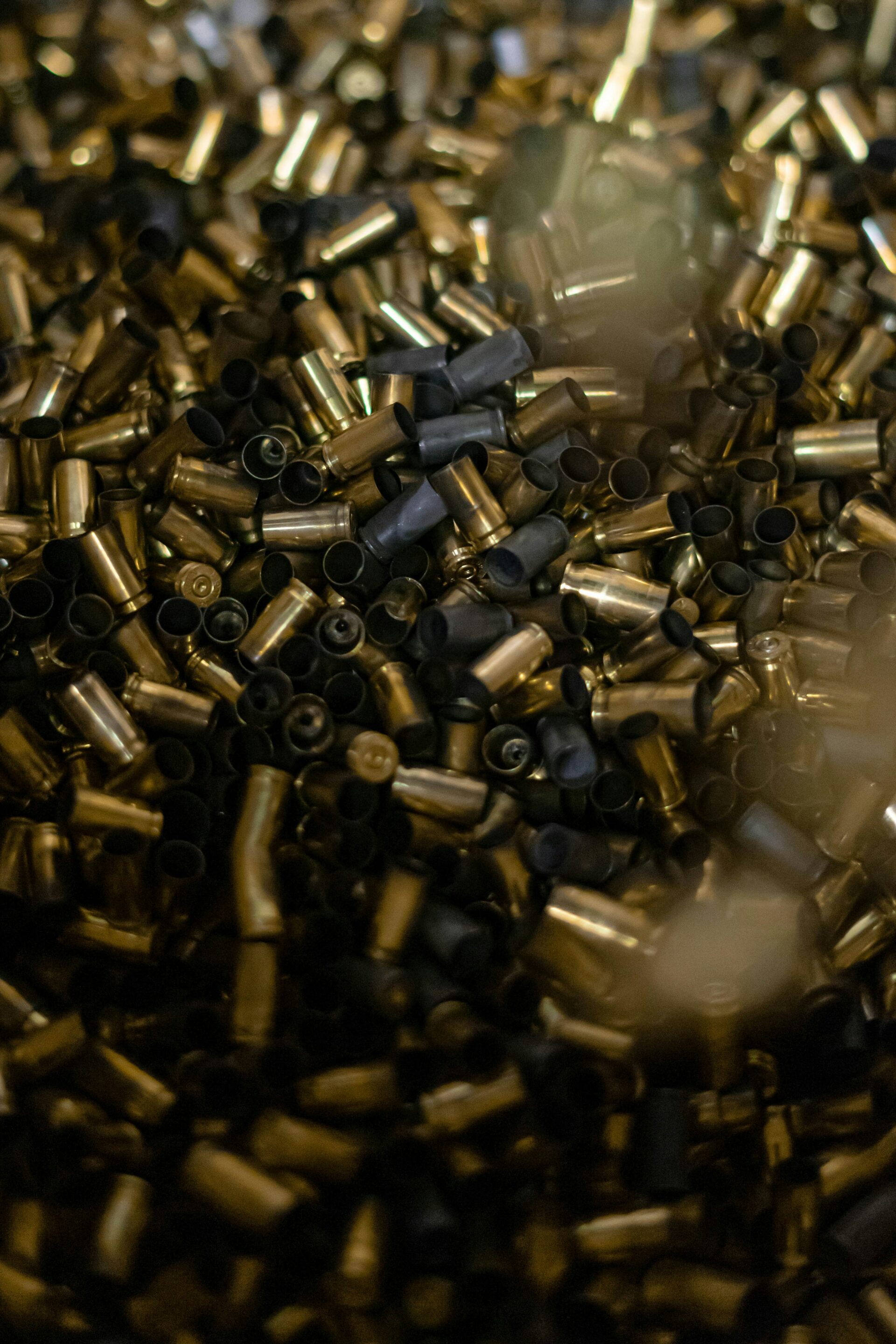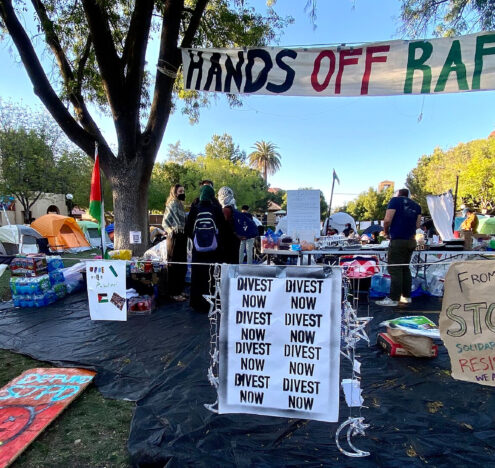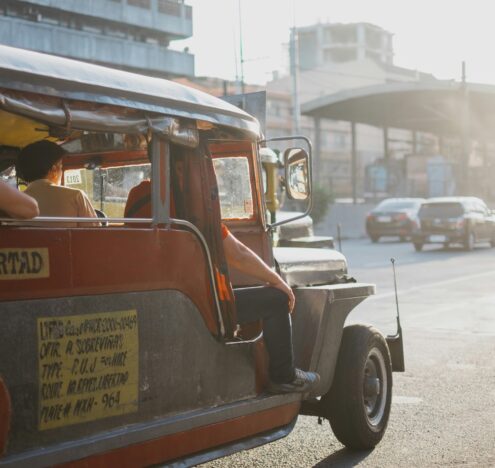In recent years, the sharp uptick in the number of migrants arriving at the United States-Mexico border has spurred draconian measures to stop them from entering, yet people continue to make the trek — with little discussion of why. What conversations occur largely focus on economic motives for migration. The reasons people leave their homes and undertake dangerous and expensive journeys toward the US are multiple and complex, but many involve violence from US-sourced guns that makes staying impossible.
A large portion of migrants passing through Mexico and arriving at the US border report encounters with gun violence as a central reason for fleeing. Last year, a University of Colorado study found that 45% of migrants surveyed at the border had been forced by violence to migrate, while nearly half had been threatened with a firearm, and 63% had witnessed armed conflict. These findings are consistent with other studies and surveys of migrants in Mexico, which show armed violence as central to people’s reasons for fleeing their homes.
A majority of recent arrivals at the border come from four nations: Haiti, Guatemala, Ecuador, and Mexico. All four of these countries have received swelling numbers of US guns through exports, illegal trafficking, or both. Gun exports intended for self-defense or law enforcement instead contribute to violence through easy access to weapons, diversion to criminal groups or individuals, gun theft, and armed police and soldiers who commit abuses with impunity. And the US retail market for guns is perfect for criminal groups that use US-sourced firepower to control contraband, communities, and local authorities.
Exported bullets
Attacks by gunmen in Ecuador last month led the country’s president to declare war on criminal organizations, which have smuggled firearms into prisons. Violence in Ecuador has grown since restrictions on gun ownership were lifted last April.
Yet 20 declarations of emergency by the previous president did not abate the violence, and easy access to guns remains. Since April, according to official US data, the United States has exported more than 18 million bullets to Ecuador – more than 10 times the number of bullets exported in the previous five years combined. Sending ammo is likely to inflame the chaos in Ecuador, increasing the number of Ecuadorians who leave their country seeking safety.
A large portion of migrants passing through Mexico and arriving at the US border report encounters with gun violence as a central reason for fleeing.
More than 200,000 Guatemalans arrive at the US border each year. Their reasons for leaving vary, but gun violence there is high. Guatemala just inaugurated a reformist president, but powerful forces are expected to use violence to try to prevent reforms, and the country places no limits on the number of firearms an individual may legally own. Since export licensing for handguns and semi-automatic rifles shifted to the Commerce Department in 2020, US pistol exports to the country have more than tripled.
Haiti faces a growing influx of high-caliber weapons illegally trafficked from the United States, according to a recent United Nations report. Violence with these weapons contributes to a massive exodus, with more than 76,000 Haitians encountered by US agents at the southwest border last year.
US guns in Mexico
The United States has sought ways to ensure that migrants who are fleeing violence stay in Mexico, including the “Remain in Mexico” program. Yet Mexico itself is dangerous for migrants as a result of constant and massive trafficking of weapons from the United States. Between 2010 and 2012, an estimated quarter million guns were trafficked across the southern border each year, many of them assault rifles. Last week, a US appellate court ruled in favor of Mexico’s lawsuit against US gun manufacturers whose firearms are trafficked to Mexico, where they are used in tens of thousands of homicides, forced disappearances, and other violent crimes every year.
Migrants in Mexico frequently experience violence from gunmen, including police and soldiers. A survey of migrants passing through Mexico found that many were robbed, beaten or sexually abused by state agents, especially Mexico’s National Guard, which was created in 2019 purportedly to fight organized crime, but has instead been deployed primarily against migrants. The National Guard received an unprecedented shipment of more than 51,000 pistols from US gun manufacturer Sig Sauer in 2020. US guns also consistently represent at least 65% of crime guns recovered in Mexico and submitted for tracing.
Not only migrants seek refuge from the violence in Mexico. Many of the more than 700,000 Mexicans apprehended by Border Patrol agents last year fled violence from guns purchased in the United States – especially Texas and Arizona – and trafficked over the border. The violence has led to a growing crisis of internal forced displacement.
Policy remedies
The Commerce Department is expected to issue revised policy in the coming days for exports of US handguns and semi-automatic rifles. It should restrict exports of these weapons to countries where people are fleeing widespread violence fed by gun proliferation and police abuses and corruption.
Congress also has opportunities to stem the tide of violence that leads people to our borders. The ARMAS Act, introduced in December by US Representative Joaquin Castro and others, would mandate coherent policies across the US government to stem illegal gun trafficking as well as misuse of legal gun exports. The Stop Arming Cartels Act authored by Senator Dick Durbin would prohibit the sale of .50 caliber rifles favored by cartels.
To address the reasons that masses of neighbors desperately come to our border, we need to stop the uncontrolled flow of weapons south that are forcing so many to leave their homes.





















